Found 29 movies, 3 TV shows, and 0 people
Can't find what you're looking for?

Do you believe in love at first site? In New York City's Greenwich Village, an increasingly unhinged queer history tour guide proves it's not always good to keep the past in the present.

This is a full feature documentary on the history of gay bars in San Diego, from post WWII to present day. The film traces the development of gay bars in San Diego, from post-WWII to present times, and features interviews with LGBT community members, bar owners, activists, bartenders and entertainers.
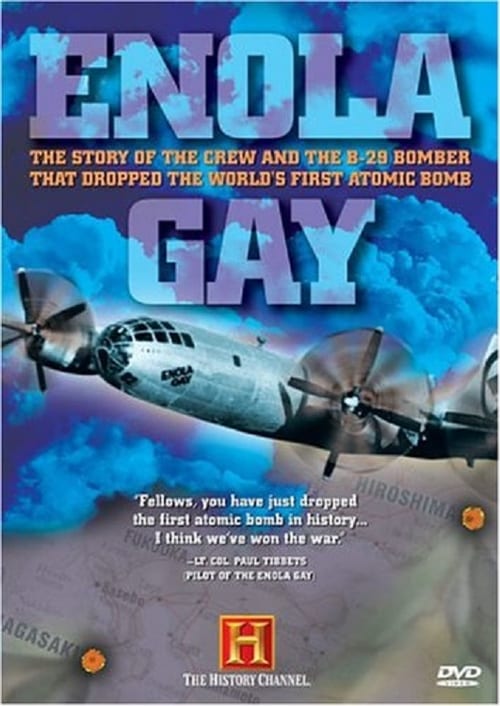
ENOLA GAY combines two compelling, topflight documentaries that tell the remarkable story of America's decision to forever alter the course of history. ENOLA GAY: RAIN OF RUIN puts you inside the cockpit of the historic B-29 Superfortress bomber whose devastating payload helped bring about the end of WWII. From the development of the atomic bomb to the horrific aftermath, highlights include dramatic footage taken by the crew members themselves.

This documentary discusses how a small Mediterranean fishing village of some 3,500 people in 1900 has now become the Gay Mecca of the Mediterranean and can serve as an example for other less tolerant countries of harmonious LGBT integration.
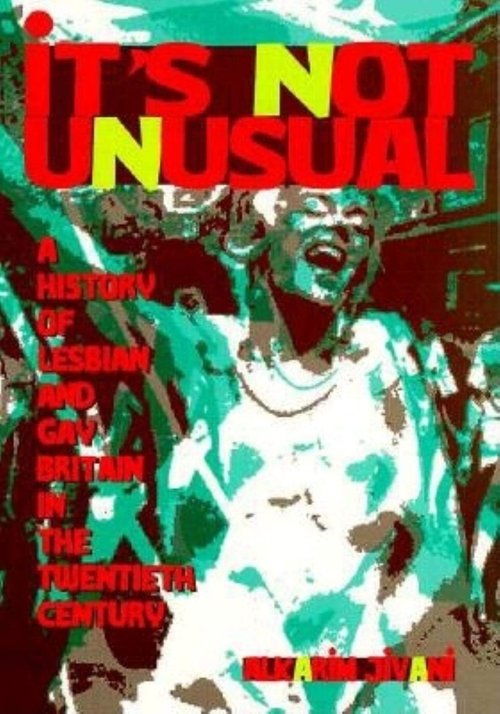
Archival footage and interviews with 22 lesbians and gay men give an overview of gay history in the UK from the 1920's. Clause 28, the Well of Lonliness, AIDS, the Pet shop Boys, it's all there in some form or another.

A varied history of gay people and Scotland.
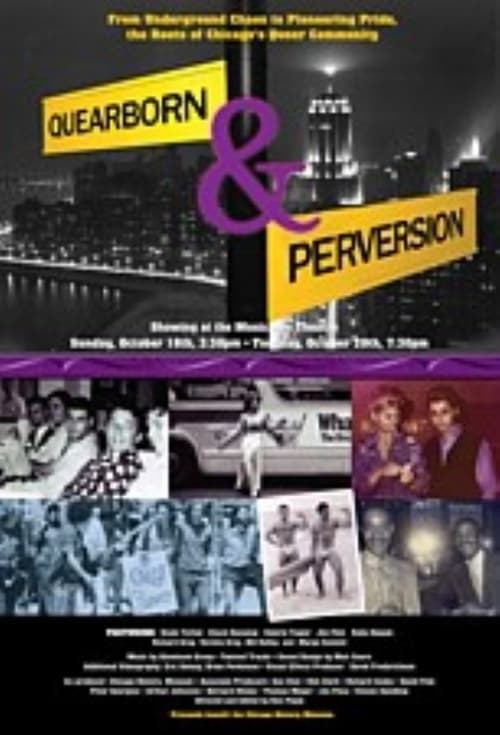
Quearborn & Perversion: An Early History of Lesbian & Gay Chicago (2009, 109 min) is a documentary on LGBTQ life in Chicago from 1934 to 1974. Moving from the speakeasys and Henry Gerber’s founding of the Society for Human Rights in the 1930s, to the underground social structure of the 1940s and 1950s, to the dawn of consciousness-raising entities such as the Daughters of Bilitis and Mattachine Midwest in the 1960’s, and concluding with the emergence of the gay liberation movement with the first Pride March and opening of the first community center in the early 1970s.
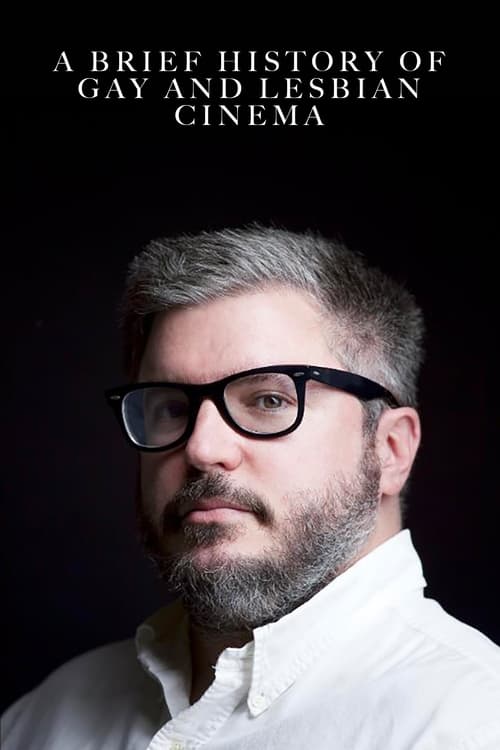
In this FilmStruck Original, film critic and What the Flick?! host Alonso Duralde discusses the evolution and progression of gay and lesbian cinema.
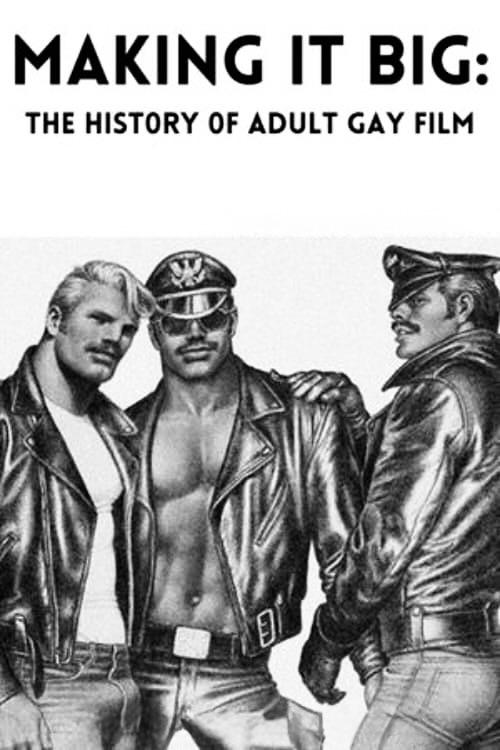
Making It Big" is a feature-length video essay about the history of gay erotic films in America. From Beefcake to bareback, this video explores the changing social attitudes surrounding porn, the people who made it happen, and the technological advances that made it all possible.

A heartfelt documentary that invites you to experience a time when the gay community transformed the island into a thriving, joyful sanctuary unlike anywhere else. More than just the clubs—The Copa, The Monster, Delmonico’s—or the guest houses like La Te Da and Atlantic Shores, this film celebrates the spirit of unity, resilience, and celebration that defined life in Gay Key West. Through rare interviews, humor, and nostalgia, revisit the unforgettable stories that shaped this magical era.
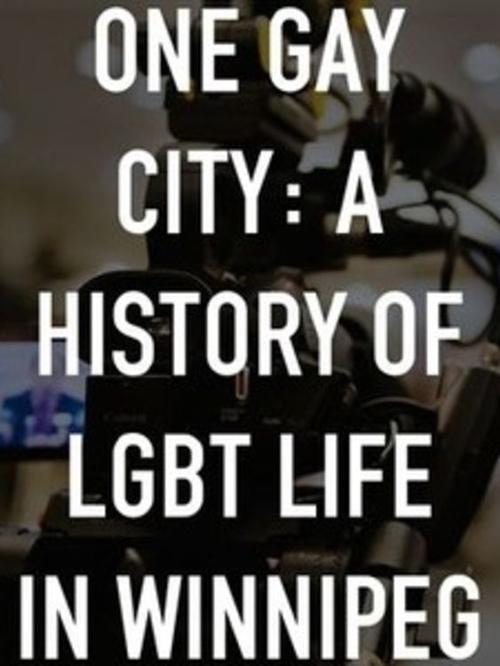
From a deeply closeted culture to a more open and out society, 'One Gay City: A History of LGBT Life in Winnipeg' takes viewers on an emotional tour of Winnipeg's LGBT community through personal stories, news headlines and archival images.
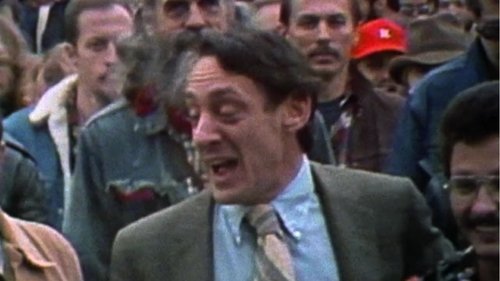
Harvey Milk was an outspoken human rights activist and one of the first openly gay U.S. politicians elected to public office; even after his assassination in 1978, he continues to inspire disenfranchised people around the world.

Touko Laaksonen, a decorated officer, returns home after a harrowing and heroic experience serving his country in World War II, but life in Finland during peacetime proves equally distressing. He finds peace-time Helsinki rampant with persecution of the homosexual and men around him even being pressured to marry women and have children. Touko finds refuge in his liberating art, specialising in homoerotic drawings of muscular men, free of inhibitions. His work – made famous by his signature ‘Tom of Finland’ – became the emblem of a generation of men and fanned the flames of a gay revolution.
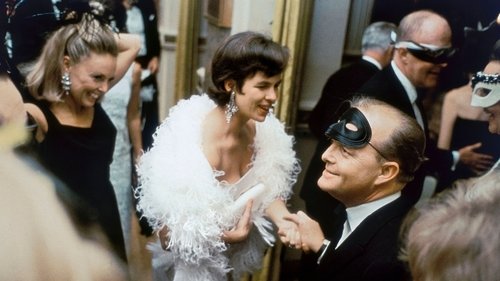
A portrait of the brilliant American writer Truman Capote (1924-84) and the New York high society of his time.
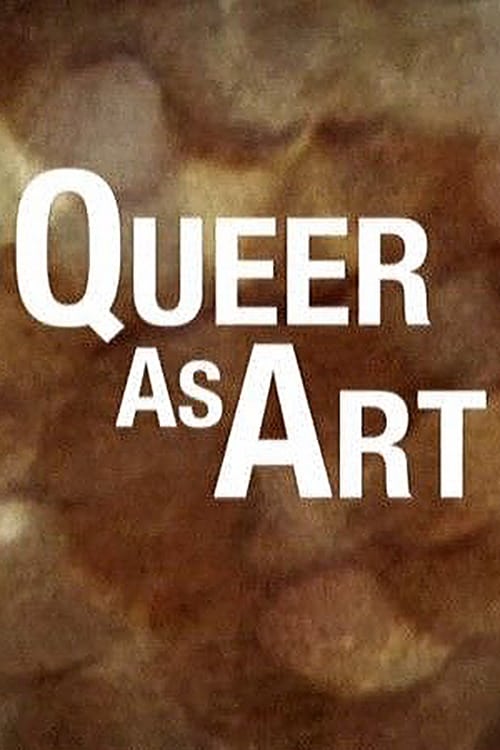
Documentary celebrating the LGBTQ contribution to the arts in Britain in the 50 years since decriminalisation. It features interviews with leading figures from right across the arts in Britain, including Stephen Fry, David Hockney, Sir Antony Sher, Alan Cumming, Sandi Toksvig, Jeanette Winterson, Will Young and Alan Hollinghurst, and it explores the distinctive perspectives and voices that LGBT artists have brought to British cultural life.

Harlem, 1926. A “sweetman” Zeddy, living off a woman, brings a country girl he’s trying to impress to a gay-owned cabaret. There he meets a friend, Jake, whose girlfriend, Congo Rose, is the singer there. Drama swirls around the characters as Zeddy confronts the cabaret owner, about his sexuality. Congo Rose, seeking to reignite her man’s fading interest, puts on a performance, with her Pansy Dancer, of a Bessie Smith song that seduces the whole room, especially Zeddy.

The true story of Harvey Milk, the first openly gay man ever elected to public office. In San Francisco in the late 1970s, Harvey Milk becomes an activist for gay rights and inspires others to join him in his fight for equal rights that should be available to all Americans.
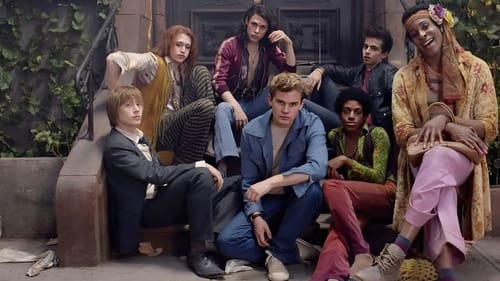
Kicked out by his parents, a gay teenager leaves small-town Indiana for New York's Greenwich Village, where growing discrimination against the gay community leads to riots on June 28, 1969.

The story of Rudolf Nureyev, whose escape to the West stunned the world at the height of the Cold War. With his magnetic presence, Nureyev emerged as ballet’s most famous star, a wild and beautiful dancer limited by the world of 1950s Leningrad. His flirtation with Western artists and ideas led him into a high-stakes game of cat and mouse with the KGB.

England, 1890s. The brutal and embittered Marquis of Queensberry, who believes that his youngest son, Bosie, has an inappropriate relationship with the famous Irish writer Oscar Wilde, maintains an ongoing feud with the latter in order to ruin his reputation and cause his fall from grace.
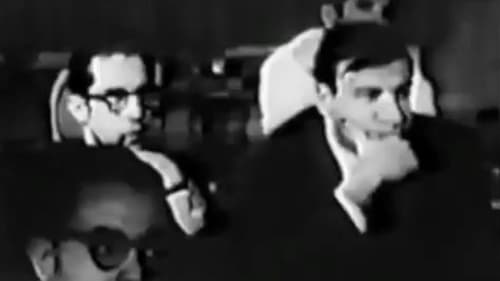
On March 7, 1967, 40 million Americans tuned in to watch CBS Reports: The Homosexuals, network television’s first documentary on homosexuality. Near the top of the program, host and interviewer Mike Wallace calls homosexuals “the most despised minority in the United States.” The hour that follows is filled with salacious location footage, sermonizing therapists, and shadowed interviews with distraught homosexuals.
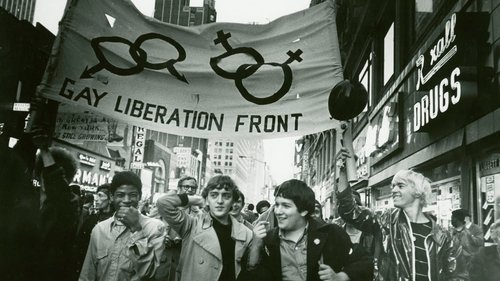
New York City's Stonewall Inn is regarded by many as the site of gay and lesbian liberation since it was at this bar that drag queens fought back against police June 27-28, 1969. This documentary uses extensive archival film, movie clips and personal recollections to construct an audiovisual history of the gay community before the Stonewall riots.
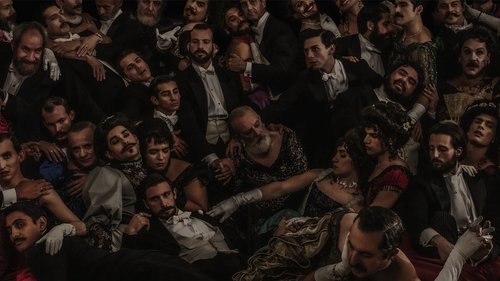
Mexico City, November 1901. The police raid a private home where a secret party is being held. Among those attending is the son-in-law of President Porfirio Díaz.

A closeted teenage gay boy shares a swim and an afternoon together with his straight best friend. When his looks and longing let his secret out, his friend pleasantly surprises him but an accident occurs and tragedy ensues.

The story is about Shinji Kubo, a famous porn actor, infiltrating gay spots in Kansai and getting into wet sex parties everywhere he goes. These gay spots are real gay bars, gay saunas, and hatten bars.
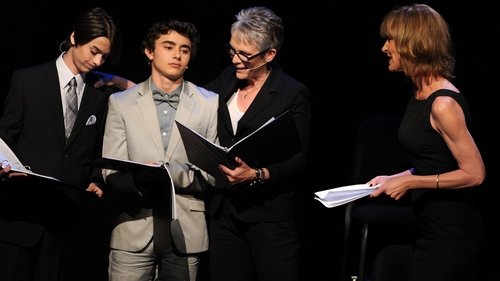
Live chronicle of the landmark federal trial of California's Prop. 8 using the actual court transcripts and first-hand interviews.
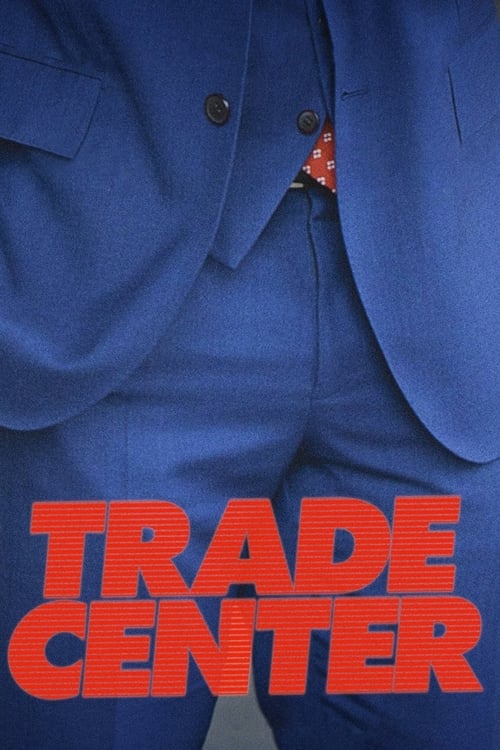
The voices of five gay men who cruised for sex at the World Trade Center in the 1980s and 1990s haunt the sanitized, commerce-driven landscape that is the newly rebuilt Freedom Tower campus.
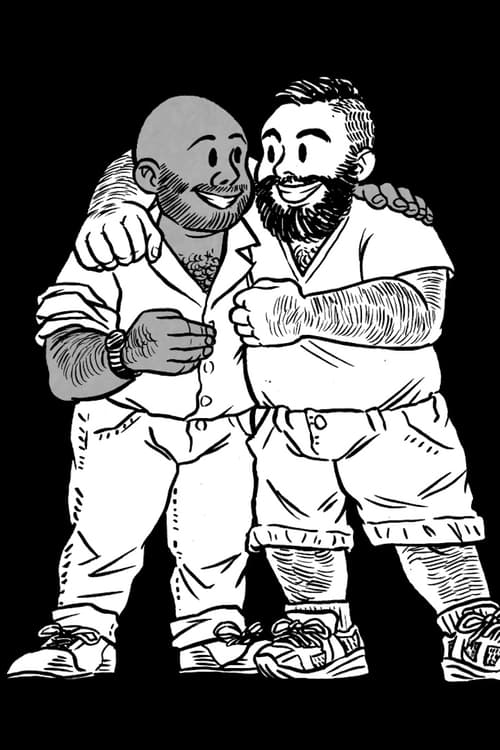
A love letter to early ’90s cruising in NYC.
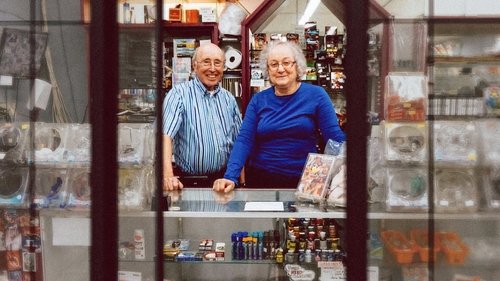
For decades, a nice Jewish couple ran Circus of Books, a porn shop and epicenter for gay LA. Their director daughter documents their life and times.